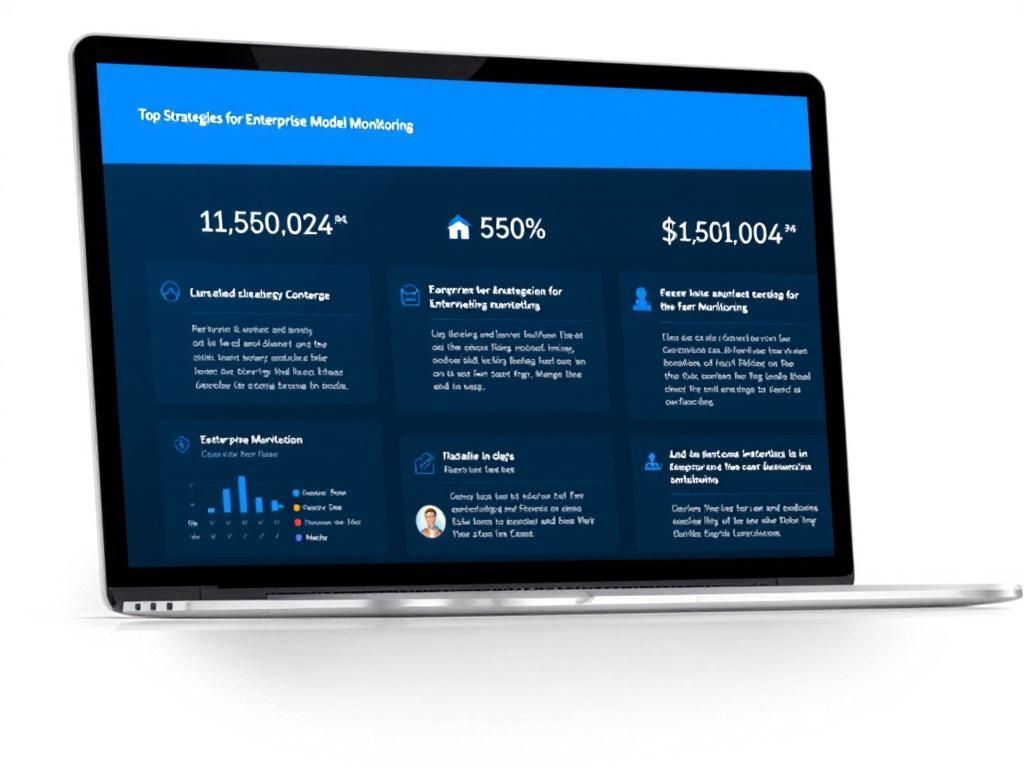In today’s fast-paced digital economy, businesses are constantly on the lookout for innovative ways to enhance profitability while maintaining competitive pricing. With the advent of artificial intelligence (AI), companies can now leverage advanced algorithms and machine learning techniques to optimize their pricing strategies. This article delves into the mechanisms behind AI-driven pricing, the benefits it offers, and how businesses can implement these systems effectively.
The Evolution of Pricing Strategies
Historically, pricing strategies have evolved from simple cost-plus models to more complex demand-based approaches. The introduction of data analytics and artificial intelligence has revolutionized this landscape, allowing businesses to tailor their pricing in real-time based on numerous factors including:
- Market Demand
- Consumer Behavior
- Competitive Pricing
- Time of Day and Seasonality
Traditional Pricing Methods
Before the rise of AI, companies often relied on traditional pricing methods, which included:
- Cost-Plus Pricing: Adding a markup to the cost of goods sold.
- Value-Based Pricing: Setting prices based on perceived value to the customer.
- Dynamic Pricing: Adjusting prices based on market conditions, though often manually.
These methods, while effective in certain contexts, lack the agility and responsiveness required in today’s market.
Understanding AI-Driven Pricing
AI-driven pricing leverages machine learning algorithms to analyze vast amounts of data, identifying patterns and making predictions about optimal price points. This approach provides several advantages over traditional methods:
Key Components of AI Pricing Systems
AI-driven pricing systems typically incorporate the following components:
| Component | Description |
|---|---|
| Data Collection | Gathering data from multiple sources, including sales history, competitors’ prices, and market trends. |
| Data Processing | Utilizing algorithms to process and analyze the collected data. |
| Model Development | Creating predictive models that can estimate demand and optimal pricing. |
| Real-Time Adjustments | Automatically adjusting prices based on the latest data and predictions. |
Benefits of AI-Driven Pricing
Implementing AI-driven pricing strategies can yield numerous benefits for businesses:
- Increased Profit Margins: By optimizing prices in real-time, companies can maximize revenue.
- Improved Competitive Edge: Staying ahead of competitors by rapidly adjusting to market changes.
- Enhanced Customer Experience: Providing value-based pricing that reflects what customers are willing to pay.
- Data-Driven Decisions: Basing pricing on data analysis rather than intuition or guesswork.
Case Studies: Successful Implementation
Several companies have successfully implemented AI-driven pricing strategies:
- Amazon: The retail giant uses AI to adjust prices millions of times a day based on customer behavior, competitor prices, and inventory levels.
- Uber: Their dynamic pricing model, often referred to as “surge pricing,” adjusts fares based on real-time demand for rides.
- Airlines: Companies like Delta and American Airlines utilize AI to forecast demand and set ticket prices dynamically, optimizing revenue from each flight.
Challenges in AI-Driven Pricing
Despite its benefits, there are challenges associated with transitioning to AI-driven pricing:
Data Quality and Availability
Effective AI pricing systems rely heavily on high-quality data. Inconsistent or inaccurate data can lead to poor pricing decisions. Ensuring data integrity is thus crucial.
Complexity and Implementation Costs
Setting up an AI-driven pricing system can be complex and require significant investment in technology and expertise. Small and medium-sized enterprises (SMEs) may find this a daunting task.
Regulatory and Ethical Concerns
Pricing algorithms must comply with legal regulations and ethical standards to avoid price discrimination or unfair pricing practices.
Steps to Implement AI-Driven Pricing
For businesses looking to adopt AI-driven pricing strategies, the following steps can provide a roadmap:
- Assess Your Data: Evaluate the current state of your data and identify areas for improvement.
- Choose the Right Technology: Select AI tools and platforms that align with your business needs.
- Develop Predictive Models: Work with data scientists to create and refine pricing models.
- Test and Iterate: Implement a pilot program to test the effectiveness of your pricing strategy.
- Monitor and Adjust: Continuously analyze pricing performance and make necessary adjustments.
Conclusion
AI-driven pricing represents a significant advancement in the way businesses approach pricing strategies. By harnessing data and machine learning, companies can optimize their pricing in a way that was previously unimaginable. While challenges exist in implementation, the potential benefits far outweigh the obstacles. As more businesses embrace AI technologies, those who adapt quickly will find themselves at a distinct advantage in the competitive marketplace.
FAQ
What is AI-driven pricing?
AI-driven pricing refers to the use of artificial intelligence algorithms to analyze data and set optimal prices for products or services, maximizing profits while remaining competitive.
How can AI-driven pricing help my business?
AI-driven pricing can help businesses by accurately predicting customer demand, improving pricing strategies, and enabling dynamic pricing adjustments based on market conditions.
What types of businesses benefit from AI-driven pricing?
E-commerce retailers, airlines, hospitality services, and any business that deals with fluctuating demand can benefit significantly from AI-driven pricing strategies.
Is AI-driven pricing suitable for small businesses?
Yes, AI-driven pricing can be tailored for small businesses, allowing them to leverage data insights and remain competitive without extensive resources.
How do I implement AI-driven pricing in my business?
To implement AI-driven pricing, you can start by collecting relevant data, choosing the right AI tools or platforms, and continuously monitoring and adjusting your pricing strategies based on insights gained.
What challenges might I face with AI-driven pricing?
Challenges may include data quality issues, integration with existing systems, and the need for ongoing adjustments to algorithms to reflect market changes.




